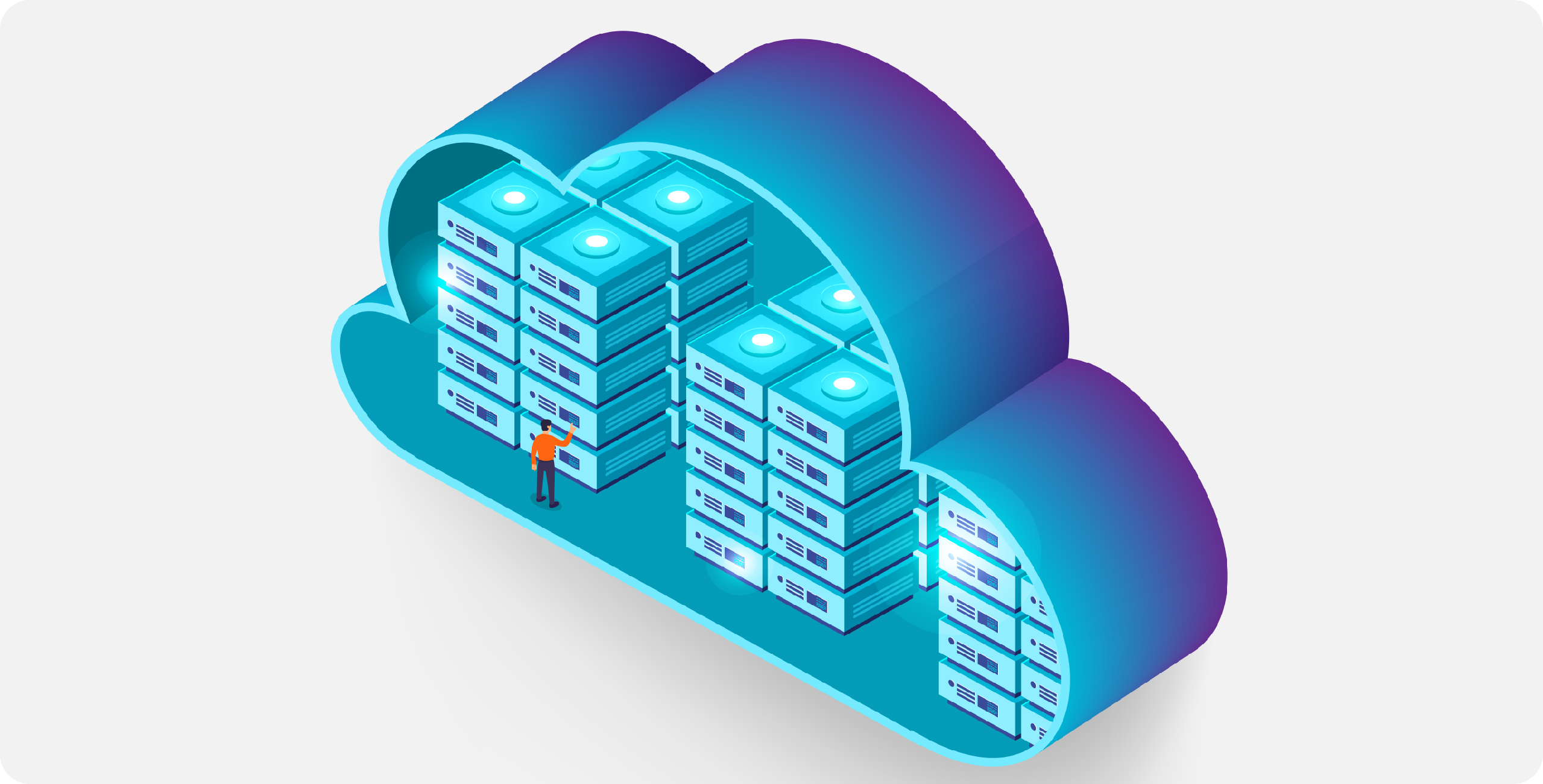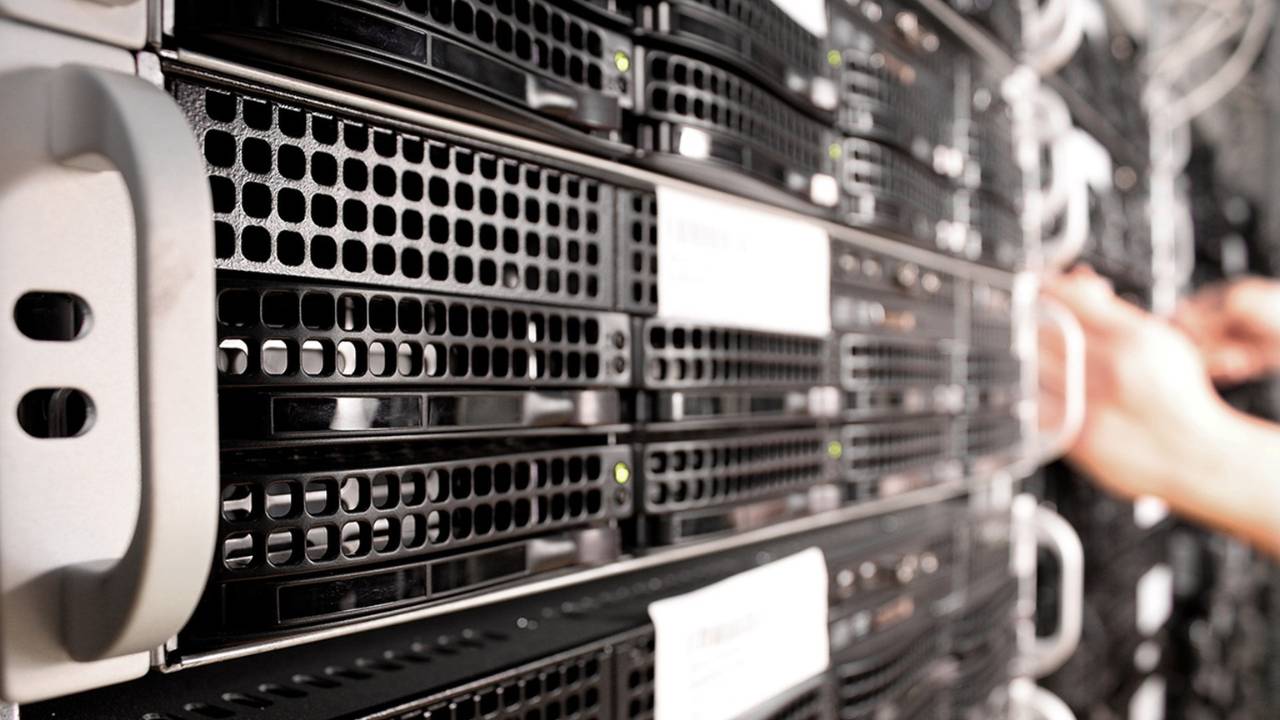
Video surveillance has evolved significantly from the days of analogue cameras and local tape storage, paving the way for advanced cloud-based CCTV solutions. These modern systems offer a myriad of benefits, including scalability, remote access, and enhanced data security. As businesses and public entities increasingly prioritise the safety of their assets and personnel, the demand for reliable and secure surveillance has surged. By utilising the cloud, these entities can now leverage off-site storage capabilities, ensuring that crucial video footage is preserved even in the event of local hardware failure.
The migration of video surveillance to the cloud is not without challenges, however. Concerns over data privacy, network bandwidth demands, and the integrity of video feeds dominate discussions around cloud CCTV systems. Security professionals must navigate the landscape carefully, addressing common CCTV myths and balancing the advantages of cloud integration with potential vulnerabilities. Robust encryption methods and stringent access controls are integral to establishing a secure cloud-based surveillance system.
Companies offering cloud-based CCTV solutions are constantly innovating to stay ahead of sophisticated threats. These providers focus on crafting platforms that are not only user-friendly but also compliant with stringent regulatory standards. Ensuring that video surveillance data is protected against unauthorised access is paramount. The adoption of cloud technology in this field represents a critical step forward, enabling resilient infrastructure that stands up to the needs of an increasingly security-conscious society.
The shift from traditional CCTV setups to sophisticated cloud-based solutions represents a significant evolution in surveillance technology, integrating remote cloud storage and computing capabilities to enhance security and accessibility.
Traditional CCTV systems relied on local recording devices such as videotapes or hard drives, frequently limiting access and storage. Cloud CCTV is defined as an advanced form of surveillance that utilises cloud storage and cloud computing to store and manage video footage. This transition to cloud-based CCTV solutions entails an infrastructural upgrade where video data is streamed and stored remotely over the internet, enabling users to access footage from any location with internet connectivity.
One of the primary advantages of cloud CCTV systems is their scalability. Organisations can conveniently increase or decrease their storage requirements without significant capital expenditure on physical infrastructure. Another key benefit includes enhanced data security; cloud CCTV providers implement robust encryption and regular software updates to protect against cybersecurity threats. Increased reliability is also inherent to these systems, with redundancy protocols ensuring minimal downtime and data loss in case of hardware malfunctions. Additionally, cloud-based CCTV systems facilitate remote monitoring and advanced video analytics, providing users with in-depth insights and real-time alerts.
These features collectively contribute to the growing adoption of cloud CCTV as a reliable and flexible solution in modern surveillance.

The implementation of secure cloud-based video surveillance systems involves sophisticated technology that ensures real-time monitoring, secure data storage, and robust protection against cyber threats.
IP cameras, which serve as the eyes of the surveillance system, harness internet protocols to transmit video feeds. They connect directly to a cloud-based service, allowing for remote access and management. The connectivity of these cameras is crucial, as it determines the efficiency and reliability of the surveillance solution. Stable and high-bandwidth internet connections are essential to facilitate the uninterrupted transfer of footage to cloud servers.
The data captured by IP cameras is stored on cloud servers – a virtual storage solution known as CCTV cloud storage. It replaces traditional physical storage devices, offering scalability and remote accessibility. Cloud servers are designed to handle vast amounts of data, and they provide the flexibility to increase storage capacity as needed. The backup systems ensure data redundancy, which protects against data loss.
The security of a cloud-based video surveillance system is reinforced through stringent cybersecurity practices. Encryption is at the forefront, encoding video data during transmission and storage, thus making information unreadable to unauthorised parties. Additionally, cloud servers are equipped with advanced firewalls and intrusion prevention systems to thwart potential cyber attacks. Regular security audits and updates are conducted to fortify the surveillance system against emerging threats.
Implementing a cloud-based video surveillance solution requires careful consideration of how it will fit within an organisation’s existing framework while ensuring it has the potential for future growth across multiple locations.
When integrating cloud video surveillance solutions, a priority is compatibility with the current set-up. Organisations must assess their existing network architecture and ensure that the new system can be seamlessly adopted without requiring significant overhauls. This might include determining if existing CCTV cameras – whether you’re employing a till camera or any other type of camera – can be connected to the cloud or if additional hardware is needed. In many cases, cloud solutions are designed to work with IP-based cameras, facilitating easier integration with modern technology.
For multi-location enterprises, it is critical that the cloud surveillance system is inherently scalable. The chosen solution should allow for incremental expansion, accommodating additional cameras and storage needs as the business grows. Cloud video surveillance solutions excel in scalability, allowing organisations to add or remove cameras without the need for extensive changes to the underlying infrastructure. Centralised management is also a key asset, offering a unified view of surveillance footage from various branches and facilitating the cohesive security monitoring of a geographically distributed network.

Transitioning to cloud-based secure CCTV surveillance systems offers businesses cutting-edge tools for improving safety and operational efficiency. Analysing costs and ROI, paired with real-world applications, provides tangible evidence of its value.
When businesses adopt cloud-based CCTV solutions, they often find the move to be cost-effective due to lower upfront capital expenditure and reduced maintenance costs. The return on investment (ROI) materializes through various operational efficiencies, such as streamlined monitoring processes and less downtime. For instance, a UK retail chain implemented a cloud CCTV system and saw a reduction in loss due to theft by 20%, alongside a 15% decrease in security-related expenses within the first year.
A multinational corporation with offices across the UK reported a 30% improvement in productivity after installing a cloud-based business CCTV surveillance system. They benefited from real-time alerts that allowed for quick incident response and efficient resolution. Another case study from a London-based logistics company highlights how cloud CCTV led to a 25% decrease in inventory loss. By leveraging video analytics, the company enhanced its loss prevention strategies and optimised warehouse operations.
Adopting cloud-based CCTV video surveillance offers organizations increased flexibility, scalability, and real-time access from any location. The enhanced security measures and encryption protocols protect sensitive data, while cloud storage brings cost savings and advanced analytics for swift incident response. The automated updates ensure systems stay current with the latest security features.
Encouraging organizations to stay ahead of evolving threats, cloud-based surveillance integrates with other security systems and IoT devices, forming a comprehensive security strategy. Overall, transitioning to cloud-based CCTV systems provides superior efficiency, robust protection, and cost-effectiveness. Compliance with regulations and privacy standards is crucial, and selecting reputable service providers is essential for maintaining public trust.
Anticipated future advancements will make these systems more intelligent and adaptive to the evolving security landscape.
Interested in learning more about CCTV? Take a look at these 10 Interesting CCTV Facts.